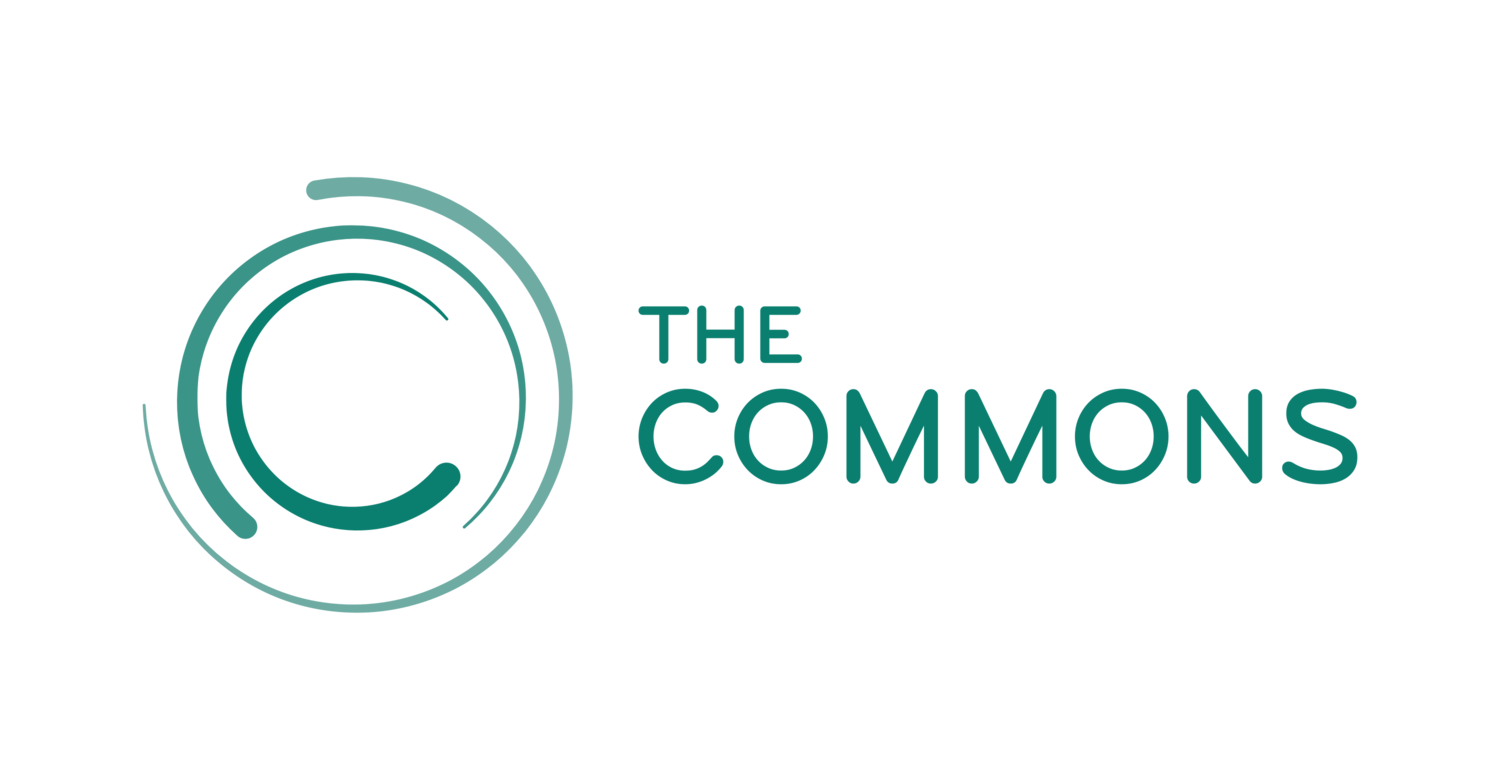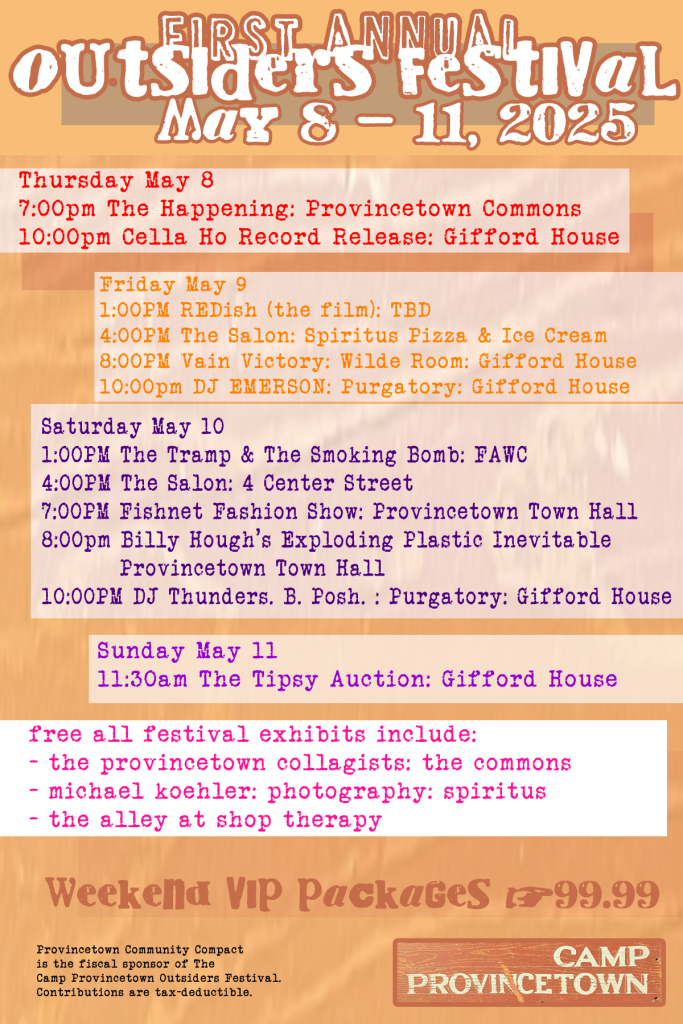It’s Happening. Thursday, May 8, 2025, 7:00pm, marks the official beginning of the 1st Annual Outsiders Festival atThe Provincetown Commons. In the spirit of the Sun Gallery and the HCE Gallery, it’s a Happening like no other as the the past and the present cross paths for a look into the future utitilizing AI and AR digital technologies. Music by Steinway. Art by fluxus. Provincetown Collagists by Karen Cappotto and the Camp Provincetown alumni.
There was John Henry and Pecos Bill, Harry Kemp, and AI Hansen. Yes. Create your own mythos.
“The happening is the most delightful and exciting challenge to theatrical deadweight in may a year. Increasingly the young people put them on, while the theater institution wonders where everybody is and whatever became of Broadway. This book is the first book that attempts to deal in a concise way with all the aspects of the happening and its related forms and analogues. Al Hansen, one of America’s leading pop artists and a pioneer in the development of the happening, here presents his delightful account of what this very lively medium is all about. No work of scholarship, the intent of this book is to inform, to provoke original thought on the part of the reader, and perhaps to suggest that he try his own experiments.” – Al Hansen – “A Primer of Happenings & Time/Space Art” – 1965
THE ART OF SPECTACULARISM
“No Sniping: Representing the healthy troublemakers is Al Hansen, a young New York artist who directs the HCE (Here Comes Everybody) Gallery, Provincetown’s best, and shows his own elegant and witty collages at the more far-out East End Gallery. “The Art Association is a great case of artertiosclerosis,” Hansen says. For him the uniqueness of Provincetown as an art colony is the selling aspect. “East Hampton and other summer places don’t sell,” he points out. “There are just collectors sniping away in the dunes, trying to get works cheap.” – August 24, 1964, Newsweek Magazine
Come the summers of 1959 and 1960, the seeds were being sown for a full blown high water mark in the canon of American cultural enlightenment. We got woke in the early 20th century (the 19-teens Cultural Moment , the Roaring 20s), when any momentum was conveniently interupted by two World Wars. It was all just dress rehearsal for what was to now nostagically referred to as the “60s.”
Visionaries in the world of the art business kept one foot in a cutting edge New York City market while mixing business and pleasure at the tip of Cape Cod. When Picasso was first shown in the USA, Alfred Steiglitz apologetically returned Pablo his work after a cold reception from art patrons and museum curators alike. Provincetown gallerists like Ivan Karp and Nathan Halper held bunny ears as the reward for seeing Warhol and Lichtenstein as the future while buyers missed the opportunity to snatch up the early work of the Pop revolution for short change. There were no red dots at the HCE in those early days. The art of future Provincetown greats like Robert Motherwell and Milton Avery had still yet to get the traction that would later send the value of their work into the stratosphere.
There was enough wiggle room in these post-WWII, pre-internet days where it would be hard to prove or disprove much of anything coming out of many a man’s mouth and great artists like Joseph Beuys were just as crafty at creating their own mythos as they were at putting paint to canvas and this is where the story of Al Hansen begins.
The seven-month-old Hansen skipped the pacifier for he’d rather a No. 2 pencil to play with. The precocious young artist with the Prince Valiant hairdo, recalled his early foray into art as, “looked upon a suspect.” His first performance art piece involved tossing the teacher’s chair and personal belongings out the window along with all the chalkboard erasers when the teacher briefly left the classroom unattended. Growing up in Jamaica, Queens sealed his his fate as a juveline deliquent often joyriding borrowed cars with neighbor and future author Jimmy Breslin, the Gang That Couldn’t Shoot Straight , as his co-pilot.
“I would constantly lose interest, because I was probably always being held back to the mien of the norm, which is one of the basic things the matter with American education.” – Al Hansen – Archives of American Art – 1973




